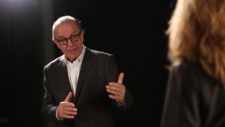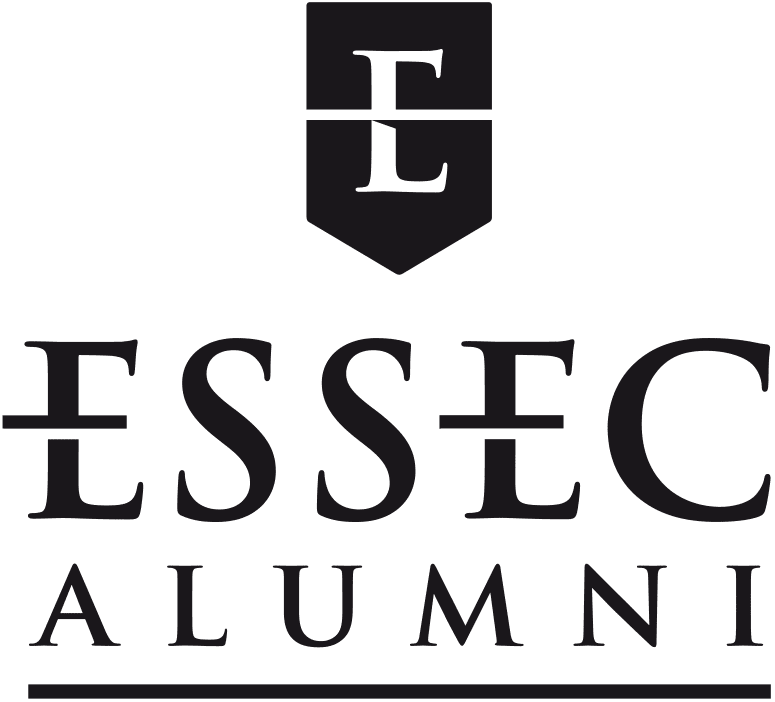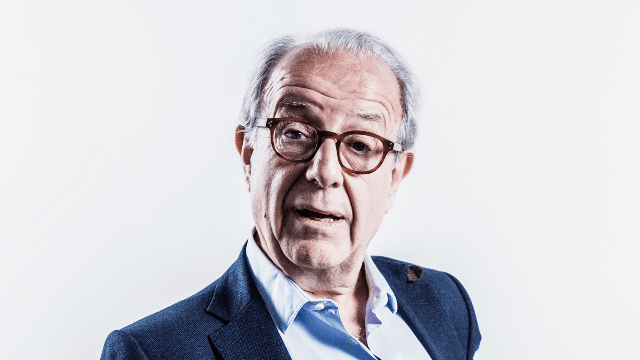Stéphane André (E70): "We Must Teach The Art of Public Speaking To Improve Public Debate"
Stéphane André (E70) founded the public speaking school, École de l’Art Oratoire, in Paris. As the school celebrates its anniversary, he tells us why mastering this art is essential on a public and societal level, and why France lags behind in this field.
ESSEC Alumni: How did you go from ESSEC to teaching public speaking?
Stéphane André: I did drama in my youth. During my time in ESSEC, I belonged to a theatre company which performed in Paris and toured during the summer months. The school administration was aware of this and suggested I replace Yves Furet, a member of the Comédie Française who taught public speaking to third-year students. That’s when I began to research public speaking. I say research because in the 1970s, there was no specific training in this field in France. ESSEC was a pioneer in this area, probably thanks to the vision of its director at the time, the former lawyer Gilbert Olivier. Claude Corbin, Professor of Human Resources Management at ESSEC, then brought me into his consultancy firm to teach public speaking for the business and occasionally political sectors.
EA: What is ‘public speaking’ in plain terms?
S. André: Public speaking includes rhetoric and eloquence. However, contrary to a widespread misconception, eloquence precedes rhetoric, and not the opposite. Cicero wrote in De Oratore: ‘That which was innate in eloquent men was later observed and closely studied by others [rhetoricians]. Therefore, it was not eloquence which was born of rhetoric, but rhetoric of eloquence.’ Ancient rhetoricians documented the rhetoric of the great forum orators and then taught this indiscriminately to all their pupils. This quashed their individual rhetoric genius. And the teachers of rhetoric in our modern-day universities still teach this strict model inherited from rhetoricians. I advocate an opposite approach. In my view, it is in the moment, when seeking eloquence in front of an audience, that we shape our convincing rhetoric.
EA: You also focus on body language...
S. André: Exactly, eloquence calls on a physical aspect. If the speaker neglects this, their rhetoric weakens, becomes counter-productive and creates conflict. Mens non sana in corpore non sano. Yet this is largely overlooked in our oral culture.
EA: What purpose do oratory skills ultimately serve?
S. André: Orators serve not themselves, but the ideas they convey in public life and to their audience. They must know how to transmit these ideas, intact, to the audience, without denigrating the latter either, even if they are opponents. I firmly believe that when used correctly, public speaking can transmit ideas smoothly within companies, organisations, nations and international bodies. The conflicts which undermine these organisations arise less from disagreement, a natural human reaction, and more from the way in which this discord is expressed. This makes eloquence, the active aspect of oratory skills, an essential factor in healthy human relations. We could thus say that it is oral expression that makes history, while written expression serves merely to endorse it.
EA: You founded the École de L’Art Oratoire through your own training institution in 2008. What are its aims?
S. André: Located in the heart of Paris, the École de l’Art Oratoire has 11 teachers, backed by administrative and communication teams, under the presidency of Jean-François Guillot and the general management of Jean-Marie Thumerelle. Our aim is firstly to teach public speaking to all organisations linked to public life, with a historic focus on companies, and secondly to offer lessons to individuals at an affordable hourly rate.
EA: Could you tell us more about your offer?
S. André: We offer inter- or intra-company seminars over 2 to 4 days, longer courses of 35 two-hour sessions and one-to-one classes. Teaching includes a theoretical, or ‘contractual’ aspect, and a highly-physical practical part which transmits our technique. We believe the first aspect is compulsory, because our students are not robots, and the second is also fundamental, as there is no art without technique.
EA: What have been the milestones in the growth of the École de l’Art Oratoire since its foundation?
S. André: They have been met as we addressed the demands of companies, which led us into increasingly sophisticated fields of application: public presentation firstly, followed by debating and its more reasonable big sister, negotiation; then intuitive negotiation, managerial oratory skill for interviews and team meetings, leadership through speech, public speaking for all members of an organisation, group production in a built network, and lastly the art of pitching and remote speaking, with each technique emerging from the previous one. We have thus gradually developed our technique so that it constitutes the single basis of all these applications and infers the appropriate tactics of each one when the speaker is eloquent.
EA: More generally, how has the role of public speaking evolved in France in recent years?
S. André: I believe, sadly, that public speaking has declined in general, as the recent antics in parliament have demonstrated, despite a certain trend for eloquence with a growing number of books, films and competitions devoted to the subject, or the inclusion of an oral exam for the French high school certificate. If this trend reveals a certain degree of awareness, the results are slow in coming. The written word remains master for the moment. As proof of this, most candidates in public speaking competitions draft their speech and face the jury with notes they find difficult to leave aside, which produces the effect of a school-like recital. It’s the same for stand-up comedy, with a written text recited by heart.
EA: How can we undo these reflexes?
S. André: In our school, we teach people to prepare for speaking by speaking, and by using body language to the full. We therefore teach our students to find balance and power, rather than brio. When the speaker successfully manages their non-verbal communication, they succeed in transmitting their message from brain to brain. A speaker’s first resource is their audience. They must build the finished form of their speech with the audience, and thus transform the latter into the co-author and, consequently, co-signatory. This applies equally to debate, negotiation, meetings and interviews, or addressing the media.
EA: How can we spread this approach outside of your school?
S. André: We must begin by training our teachers. We cannot send them blindly into the field without initiating them in the art of public speaking. Managing a class of thirty pupils for a year and enabling them to progress together despite their differences is a remarkable performance! I’ve been waiting for years for a reform in the French educational system which would help these teachers to become engaging speakers. I’m convinced that if we could do this, we would no longer have to worry about ‘restoring authority in school’.
EA: Has public speaking been affected by the growth in remote communication?
S. André: Obviously; the audience is more difficult to reach for a remote speaker. The listener is literally elsewhere and can be doing anything but listening to you, without you even realising! We’ve developed a training course which addresses all the issues raised by this format: how to use the camera and position the computer; how to adapt the public speaking techniques we’ve developed for remote communication, and so on.
EA: What is the outlook for public speaking in the coming years?
S. André: As I mentioned, we need a revolution, in both the national educational system and corporate training policies, to restore public speaking as an essential skill for all those in charge of teaching, managing and generally leading action. Mastering thought in and for action; our society needs to make considerable progress in this area.
Interview by Louis Armengaud Wurmser (E10), Content Manager at ESSEC Alumni
Do you want more quality content about the ESSEC community? Join us now !

Comments0
Please log in to see or add a comment
Suggested Articles


